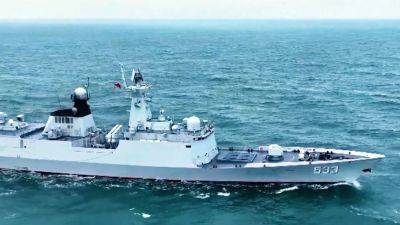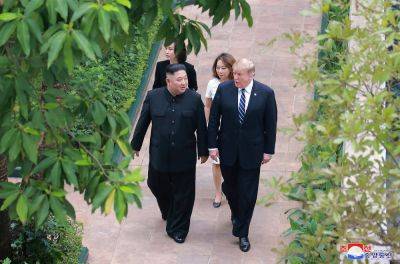Can India take on ‘mantle of leadership’ to bond the Bay of Bengal and reap dividends?
After years of struggling to assert leadership across South and Southeast Asia, India wants to breathe new life into a dormant regional grouping that binds the trade, business and security interests of many of its neighbours together and may provide New Delhi with a strong diplomatic platform – that excludes the dominant economic power of China.
Under the ungainly acronym BIMSTEC – the Bay of Bengal Initiative for Multi-Sectoral Technical and Economic Cooperation – Indian diplomats have in recent months driven meetings in isolated Myanmar and hosted a foreign ministers’ retreat in Delhi to prepare the ground for a September leaders’ summit in Thailand.
The seven-nation BIMSTEC, headquartered in Dhaka, was established in 1997 to promote the economic development of the Bay of Bengal region that lies at the nexus of trade routes between the Indian and Pacific Ocean.
The group – Myanmar, Thailand, Bangladesh, Bhutan, India, Nepal and Sri Lanka – is home to more than 20 per cent of the world’s population with a combined GDP of over US$5 trillion. It has long planned to establish a Free Trade Area, but that has yet to come to fruition.
The September summit is expected to pave the way for an agreement on maritime transport cooperation to improve regional connectivity, which has been hampered by delays in road, railway and port connectivity. Currently, India’s northeast, despite being closer to Bangladesh’s Port of Chittagong, transports its cargo through eastern India’s Kolkata Port in West Bengal.
Last year, Bangladesh cleared the use of Chittagong and Mongla ports by India for transit and transshipment of cargo, which is likely to cut the time and costs for transport of goods significantly in coming months.
The grouping has a







